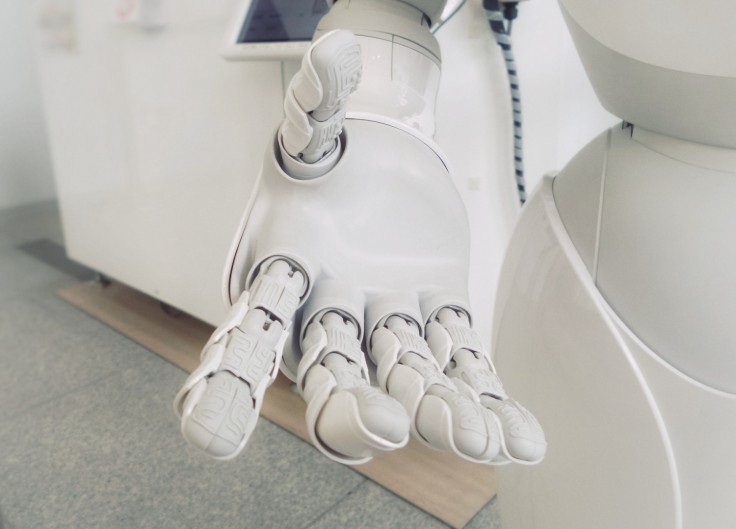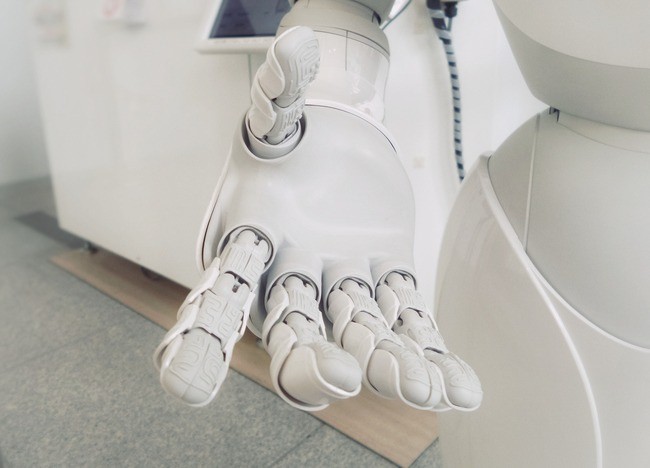
Bluetooth trackers, like Apple AirTags and Tile, have become incredibly popular because of their capacity to find misplaced objects. On the other hand, malicious people use these devices for covert tracking, which can influence some people's safety. Certain phones can occasionally identify unapproved trackers, such as AirTags, that are following but do not belong to the user.
Because of this discrepancy in cross-brand compatibility, people run the danger of being monitored without realizing it.
However, brain-computer interface technology is revolutionizing accessibility for over 2.5 billion people with mobility and speech impairments globally, as per WHO data. These devices offer newfound independence by empowering paralyzed individuals to control devices, manage daily tasks, and navigate AR/VR environments, transforming lives beyond physical and verbal limitations.

The Good and Bad Effects of Tracking Technology
When appropriately used, Bluetooth tracking devices have the potential to be helpful for those with impairments.
Apart from their advertised function of recovering misplaced objects, these trackers help visually impaired people by allowing for autonomous location determination. When combined with phone accessibility features, these devices improve autonomy by offering voice-guided directions.
Misuse of the tech, however, carries concerns, particularly when it comes to intimate partner violence, where the prevalence of abuse is disproportionately high for those with disabilities. Consent and safety should come first in ethical tech design, with consensual tracking being the only priority.
Notwithstanding the possible advantages, abusing these trackers makes already-existing vulnerabilities worse. Intimate partner violence is 40% more common among women with disabilities, and because of complicated dynamics and dependence threats, most occurrences go unreported.
Design and policy for tech solutions that prevent stalking and domestic abuse must put the needs of disabled people first. Accessibility elements in software and hardware should be integrated into inclusive designs to help users who are hard of hearing or deaf. Providing asynchronous notifications protects against unwanted modifications and allows users--especially the weaker ones--to identify efforts at tracking.
Accessible technology must be adopted quickly to prevent potential abuse by those familiar with traditional technology's obstacles. In light of the pandemic and the surge in domestic violence worldwide, tech regulations must take vulnerable groups-such as individuals with disabilities-into account.
About Brain-Controlled Assistive Devices
Knowing the many kinds of motor deficits that brain-controlled assistive devices address is necessary to comprehend their effects. Two groups include paralysis and speech-communication issues that have motor impairments, similar difficulties, and assistive technology constraints. Brain-computer interface (BCI) technology aims to get above these constraints and provide users with previously unheard-of levels of autonomy and control.
By decoding brain signals, these gadgets allow users to control objects with gestures like blinking and eye movements.
One example is the AAVAA Headband, which functions as a "head mouse" by sensing movements of the head and eyes. With BCI devices, users may operate many devices at once, regardless of lighting, and they can also identify deliberate gestures. They claim to have a revolutionary effect, improving persons with disabilities' movement, communication, and environmental control.
BCI devices, which come in various forms with an emphasis on ergonomic design and functionality, also provide health monitoring capabilities and support for professionals in health and social care.
The development of BCI assistive devices, which promise to improve quality of life and enable effective caregiving practices, represents hope for people with speech and motor impairments and speech communication disorders.
Related Article : Amazon's 'AI Ready' Initiative to Offer Free AI Skills Training for Millions of People by 2025
© Copyright 2025 Mobile & Apps, All rights reserved. Do not reproduce without permission.












